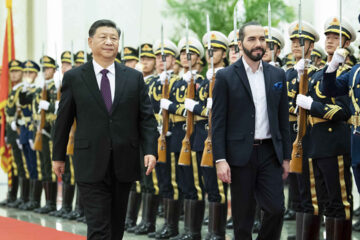Think of today’s economic development. What do you see? One of the first images that comes to my mind is that of metros. Be it Zurich or Kolkata, besides the obvious wide differences in their per capita measures of GVA from under $1,000 to around $70,000 they both work as the centres of economic activity in their respective regions. 50% of the human population and roughly 75% of the world’s economic output are concentrated in cities. They are the centres of high value production and consumption. What is happening in the cites has always surpassed economic effects. The 2008 crisis obviously changed the global economic context and some of the metros are still more successful than others, even in times of austerity. How can we learn from the examples of these urban economies when searching for innovative solutions?
The urban world is an extremely complex environment. Describing cities’ growth only through quantitative determinants has stopped being a convincing narrative. In his recent book ‘Keys to the City: How Economics, Institutions, Social Interaction, and Politics Shape Development’, Michael Storper has a closer look at the network structures that can open present economies to new horizons. He gives us an example from the early times of the biotech economy, in which San Francisco saw new market participants successfully transferring their status and experience from an old realm into one with a future-oriented outlook. This was possible only because of the existence of cross-domain network connections and norms of openness underpinning their operational performance. In contrast, in Los Angeles, the homeland of Amgen – the first commercially important R&D company – the organisations failed to link themselves and form an economic network that could suppress the importance of the initial catalyst and drag the region into the new domain of activity. Putting it shortly, San Francisco’s victory and Los Angeles’ failure in their transition to the new economy stem from the considerable difference in their network structures.
I feel that we sometimes tend to forget that cities are, at their most basic, composed of individuals. The way we live, work, spend money, and most importantly, cluster and interact, is essentially what forms the city’s economy. At the beginning of 2012 Suzanne Hall, a prominent urban ethnographer, was asking on her blog to what extent small urban entrepreneurs and micro-socio-economic networks are able to adapt to the global economic change. Since then our thinking about networks’ capacities evolved in a much more interesting direction. From the focus on their adaptive character we switched to the exploration of their innovative power. This is especially important in the times of economic and institutional crises, which brought chaos that can be seen as an opportunity for emerging new practices to become institutionalised.
In my opinion, as in Henry Mayhew’s classic study of London street life, it will be everyday life with its brute facts and magical transformations that we should be looking at to understand how people imagine and realize alternative futures. How can we interpret its complexity and unpredictability in a useful way? Perhaps the keys to the cities are to be found at the individual and community level. Maybe it’s not so difficult to recognize changing social values, detect human capital and help the emerging economic activities to flourish. The government emphasis on localisms and the promotion of the Big Society is is not a bad time to start incorporating these principles as good practices into mainstream politics and economics.


